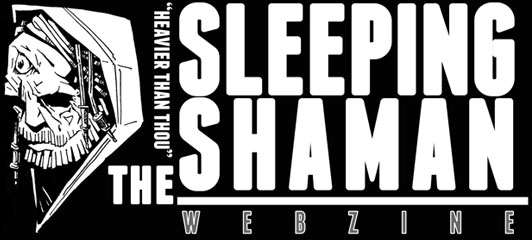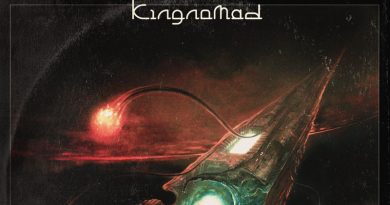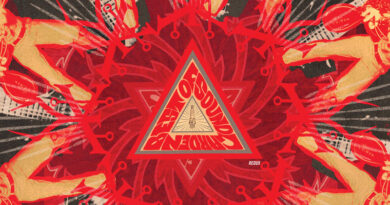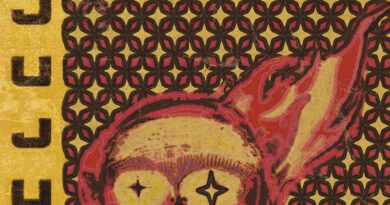Review: Last Call At Nightowls ‘Ask The Dust’
Tonight, is the perfect time to be reviewing Last Call At Nightowls’ debut release, Ask The Dust, what with the ravages of Storm Dennis outside a mere few metres from where I’m sat. Last Call At Nightowls is an international musical collaborative hailing from three continents; Italy’s Giovanni Leonardi and Adriano Vincenti, Australian multi-instrumentalist Terry Vainoras and Mexican saxophonist Maria Ruvalcaba Uribe.
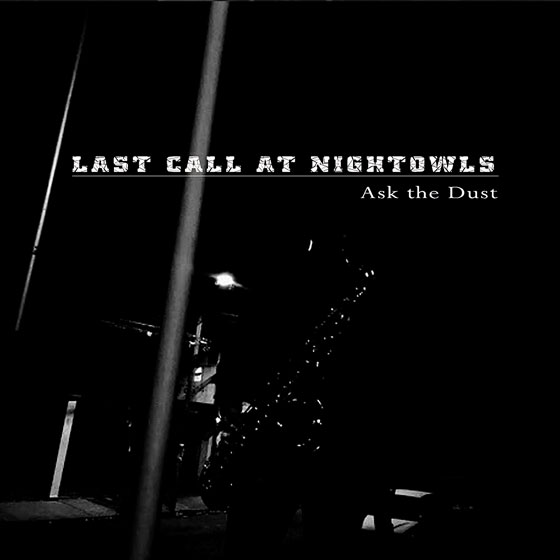
Immediately the name of the band conjures up images of the Edward Hopper painting Nighthawks (1942) which portrays customers sat in Phillies, an American downtown diner, from the perspective of the road and looking through the diner’s window. If you haven’t seen it, I urge you to check it out.
As for the album title I’m sure it’s been lifted from the excellent John Fante novel of the same name from the Bandini series set during the Great Depression. This thematically ties the album to the early part of the 20th century and the opaqueness of the artwork with a poor, ill lit alleyway (with the faint outline of a saxophone in the foreground) reminds me of Frank Sinatra’s In The Wee Small Hours. Even before I’ve heard a note, I am already picking up on the general theme of loneliness and this helps to set the tone of the music to come.
The album opens with a moody and atmospheric number by the name of Húmeda, which translates as tongue. It’s a beautiful collection of slightly creepy soundscapes with a plaintive sax in the background. It’s a piece that wouldn’t feel out of place on David Lynch’s Lost Highway, particularly the scene where Bill Pullman is wailing away while all sorts of surreal Lynchian style weirdness happens in the background.
If you find the sound of Last Call At Nightowls tickles your fancy, similarly if you’re turned on by dark doom jazz ala Boren & The Club of Gore and The Kilimanjaro Darkjazz Ensemble then I would make this a priority purchase…
Maria Ruvalcaba Uribe’s saxophone opens the next track My Distant Dream. The soundscapes are a little more restrained here and instead a romantic sound dominates throughout the track, the sort where two lonely souls dance arm in arm. As someone who spent Xmas Day 2018 in a jazz bar in Paris called Le Caveau de la Huchette, I could easily see this track fitting in perfectly with the ambience of the Parisian night; it is the city of love after all.
La Llorona or ‘The Weeping Woman’ is a Mexican folklore where a wife catches her husband having an affair, and proceeds to drown her sons and then herself. She is refused entry to heaven until she finds the souls of her two sons. She cries and wails then takes random children and also drowns them in the same river. There is a ghostly vocal on the track (presumably to resemble this dead wife which to my ears sounds a bit like a low-key David Bowie), there is a definite supernatural vibe here.
The title track, Ask The Dust, follows in its own disjointed way and heads into the oddly named Sperm And Tears which is underpinned by some low-key electronica and post-rock. Látigo or ‘whip’ features some lovely Latin sounding guitar intermingled with bird calls before we reach the closing track and the longest on the album Cold In My Veins. This track is featured on an excellent compilation called Jazz Noir Music – Midnight Radio Vol. 2 which I highly recommend investing in. If you find the sound of Last Call At Nightowls tickles your fancy, similarly if you’re turned on by dark doom jazz ala Boren & The Club of Gore and The Kilimanjaro Darkjazz Ensemble then I would make this a priority purchase.
Label: Subsound Records
Band Links: Facebook
Scribed by: Reza Mills
